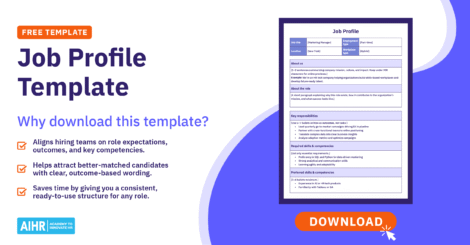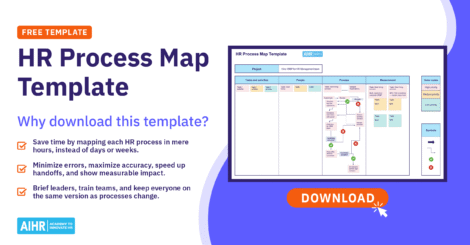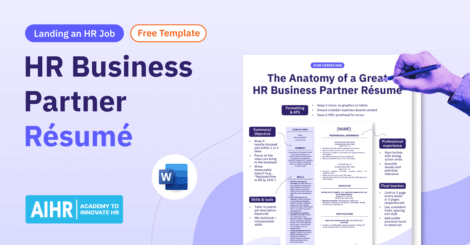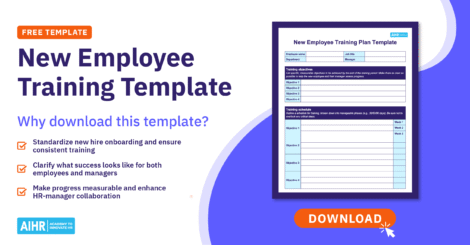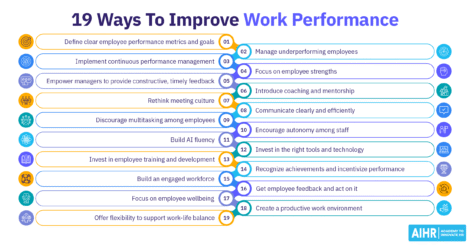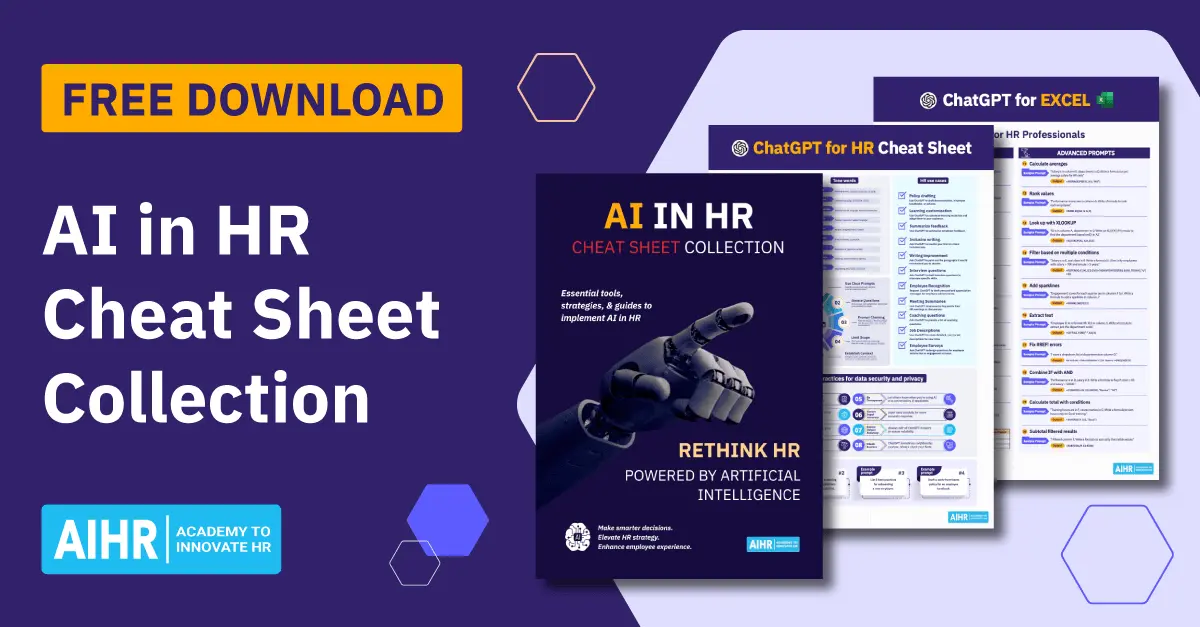A well-structured new employee training plan template can help ensure effective onboarding and training for new hires. Without it, employee engagement and productivity suffer, and organizations may see greater new hire turnover. A clear, consistent training plan can make a new hire’s first days on the job a foundation for long-term success.
This article explores what a new employee training plan entails and how a detailed template can support it. It also comes with a free, customizable new employee training plan template you can use to improve your organization’s onboarding process and employee retention rate.
Contents
What is a new employee training plan?
Why use a new employee training plan template?
What to include in a new employee training plan template
Free new employee training plan template
7 steps to create an effective new employee training plan
Key takeaways
- A structured new employee training plan template standardizes onboarding and helps develop a plan to set your new employee up for success.
- It sets out clear objectives, schedules, materials, and blended learning activities tied to measurable metrics.
- HR provides the framework and core training, while managers assign ownership and conduct regular check-ins.
- Ongoing tracking and feedback improve the plan over time, reducing early turnover and shortening time to productivity.
What is a new employee training plan?
A new employee training plan turns onboarding into a clear, guided path. It sets specific learning goals, onboarding activities, and milestones for the first weeks or months, so new hires build skills fast and perform with confidence.
HR supplies templates and resources, and the hiring manager customizes what to learn, who will teach it, and when it happens. A good new employee training plan should cover compliance, systems, role-specific skills, shadowing, and check-ins. Unlike a 30-60-90 plan, which covers broad goals, this training plan lists the exact tasks, tools, and timelines needed to meet specific objectives.
Why use a new employee training plan template?
Building on an existing template helps you develop a clear training plan, rather than having to start from scratch each time you onboard a new hire. Here’s why you should use a new employee training plan template:
Ensure consistency in training
A template standardizes the onboarding process, so every new hire receives the same essential information and guidance. Whether they’re joining the sales team or IT, you can be confident they’re all learning company values, policies, and core procedures in the same way. This helps create a stronger, more unified workplace culture.
Save time and effort
A well-designed template eliminates the need to reinvent the wheel for every new hire. It provides HR and hiring managers with a ready-made structure that they can quickly adapt to each role, saving hours of administrative work. With a strong foundation in place, you can focus on tailoring the onboarding experience to support each new hire.
Define clear learning objectives and timelines
A template helps clarify what success looks like for both the employee and manager. It outlines specific learning goals, timelines, and expected outcomes, ensuring everyone remains accountable and aligned. This structure also makes it easier to identify when additional support or training might be necessary.
Improve the onboarding experience
Starting a new job can be overwhelming for anyone. A structured training plan gives new employees clear direction, support, and a sense of their own progress, helping them build confidence in their new roles. It also shows the company is invested in their success, which will make them feel valued and assured as they settle in.
Make progress measurable
A template provides an easy way to document task completion, track milestones, and assess the effectiveness of each training activity. Managers can see what new hires have covered, what’s next, and where the employee might need extra guidance. This also helps HR refine and improve employee onboarding programs over time.
Enhance collaboration between HR and managers
A shared template lays out a clear division of responsibilities. This allows HR to focus on company-wide elements, such as compliance, culture, and systems training. Managers can then tailor training content to each specific team or role. This partnership helps deliver a more complete and cohesive onboarding experience.
Learn to align your new employee training plan with your EVP
It’s crucial to align your new employee training plan with your EVP as the former supports the latter by setting clear expectations, making onboarding and EX consistent, and reinforcing your organization’s value to new hires.
🎓 AIHR’s Strategic Talent Acquisition Certificate Program will help you:
✅ Develop a detailed, attractive EVP matching your organization’s talent requirements
✅ Apply your EVP consistently to your hiring and onboarding processes
✅ Create positive early EX that drives employee engagement and retention
What to include in a new employee training plan template
Here are the main elements you must include in a new employee training plan template:
- Employee information: Start with the essentials, i.e., the employee’s name, job title, department, and direct manager. This helps HR and managers keep records organized and identify who’s responsible for the onboarding journey.
- Training objectives: Define the objectives the new hire should meet by the end of the training period. These should be specific and measurable (e.g., “complete CRM system certification”) to ensure clear direction and ease of progress assessment.
- Training schedule: Outline a schedule for training activities, broken down by week, month, or quarter. This helps structure onboarding, ensures no one overlooks critical topics, manages workloads, and sets expectations early on.
- Training topics and materials: List the specific topics, modules, and resources the employee will use to meet each training objective (e.g., e-learning courses, company policies). If possible, provide direct links to materials to minimize downtime.
- Responsible trainer/mentor: Identify who will lead or oversee each training objective. Assigning clear responsibility ensures accountability and encourages collaboration across teams.
- Learning activities: List the learning activities the new hire must participate in to meet objectives. Include a mix of learning methods to suit their learning style and help them retain knowledge better (e.g., virtual modules, in-person workshops).
- Performance metrics: Explain how the company will measure success (e.g., with assessments, manager evaluations, or relevant KPIs). Clear metrics help managers gauge readiness and identify any areas that require further training.
- Progress tracking: Include a progress log or checklist to mark completed activities. This creates transparency and accountability, helping everyone stay on schedule. It also makes reporting completion rates to HR easier.
Free new employee training plan template
AIHR has created a free, customizable new employee training plan template to help plan training activities, track progress, and make onboarding more consistent and effective. There are two versions of the template — Excel and Word — you can download and adjust to fit your company’s goals and culture.
Excel new employee training plan template
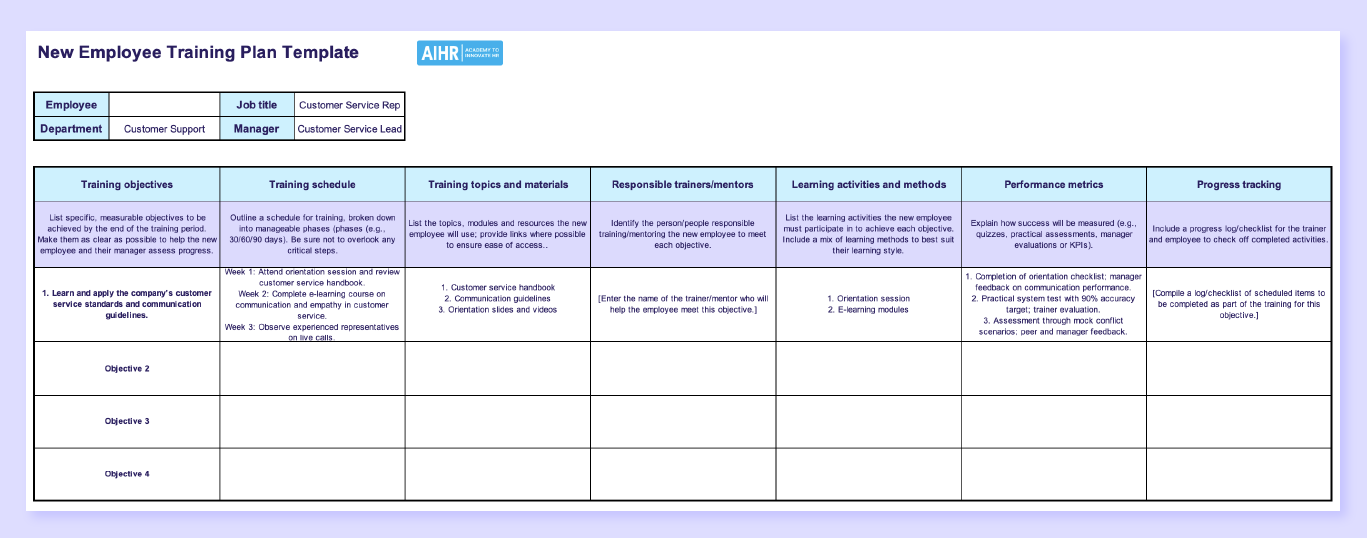
Word doc new employee training plan template

7 steps to create an effective new employee training plan
Creating a new employee training plan is easier when you follow a clear process. Here’s a simple step-by-step approach you can use in your HR practice:
Step 1: Define your training goals
Determine what the new hire should be able to do after completing their training, and which skills, tools, and processes are non-negotiable in the first 30, 60, or 90 days. They should be specific and measurable (e.g., “process customer orders independently” or “run standard reports in the CRM without supervision”). These goals are the backbone of the training plan.
Step 2: Assess role-specific requirements
Next, collaborate with the hiring manager to outline the core responsibilities, key stakeholders, and other essential requirements associated with the position. Consider what tools and platforms the employee must use, the key processes they must follow, and the Internal and external stakeholders they’ll work with. Additionally, determine what legal, safety, or regulatory training they must complete.
Step 3: Outline the training structure
Decide how to organize the training over time. For example:
- Week 1: Company overview, policies, basic tools, and introductions.
- Weeks 2–3: Role-specific systems, job shadowing, and supervised tasks.
- Weeks 4–6: Increasing independence, small projects, and check-ins.
Map the new hire’s training goals and role requirements onto a timeline. This structure ensures clarity for both the new hire and their manager, making it easier to identify gaps.
Step 4: Choose suitable training methods
Select learning methods that best support the plan’s objectives, bearing in mind that mixing different methods keeps training engaging and supports diverse learning styles. For instance, you could combine:
- E-learning modules for policies and compliance
- Live sessions or workshops for complex processes
- Job shadowing and a buddy system at work for on-the-job learning
- Hands-on tasks and small projects for practice
- Self-paced reading materials or knowledge bases for reference.
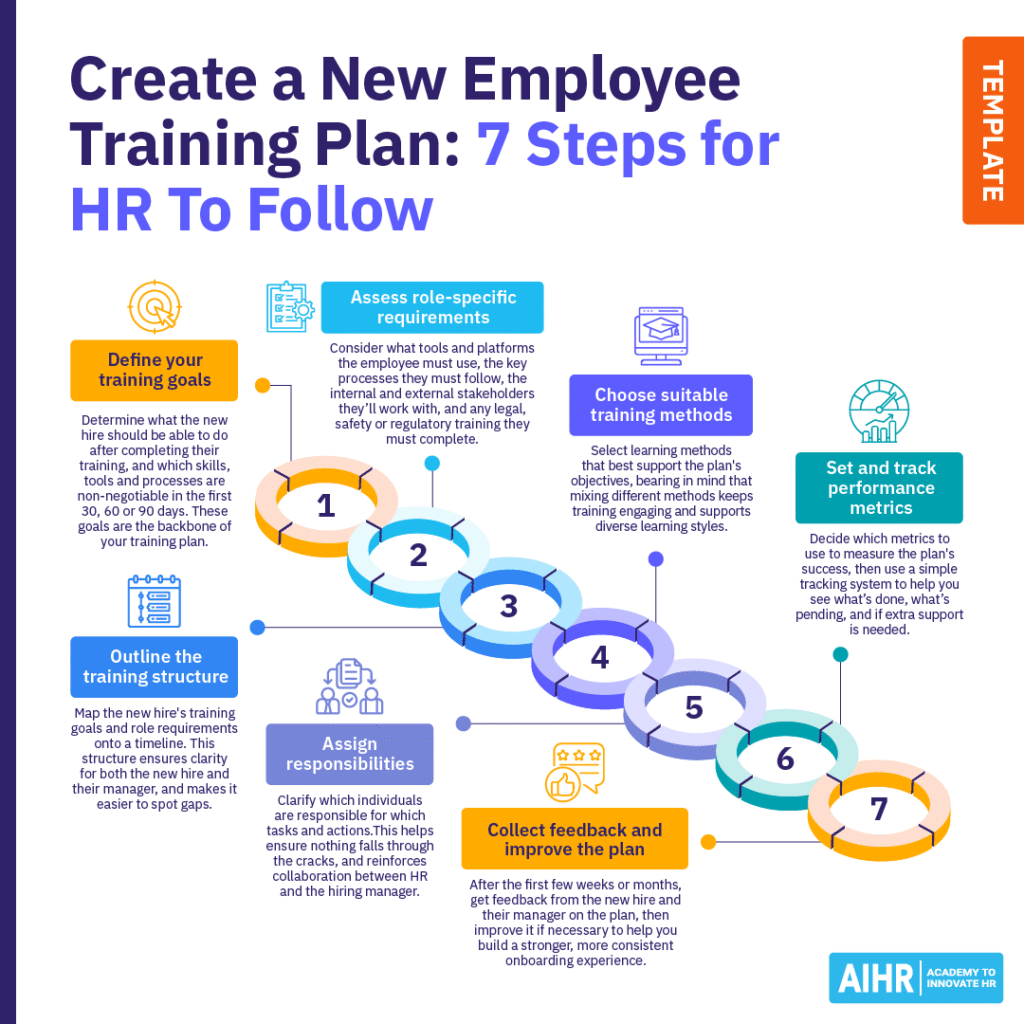
Step 5: Assign responsibilities
Clarify which individuals are responsible for which tasks and actions, such as:
- Who leads each training session or activity (manager, team lead, HR, or mentor)
- Whom the new hire can contact for questions on specific topics
- How often will check-ins occur, and who will run them?
This helps ensure nothing falls through the cracks and reinforces collaboration between HR and the hiring manager.
Step 6: Set and track performance metrics
Decide which employee performance metrics to use to measure the plan’s success. This might include:
- Short quizzes or knowledge checks
- Practical assessments (e.g., ability to complete a task without support)
- Manager evaluations at set milestones
- Self-assessments from the new hire.
Then, use a simple tracking system (e.g., a checklist or status column in your template) to help you see what’s done, what’s pending, and if extra support is necessary.
Step 7: Collect feedback and improve the plan
After the first few weeks or months of implementation, gather feedback from the new hire and their manager on the plan, and then refine it as necessary. This feedback loop will help you build a stronger, more consistent onboarding experience that reflects your organization’s culture and changing needs.
To sum up
A clear, well-planned training plan gives new hires the structure and confidence they need to perform effectively from the start. It helps them understand their roles, learn necessary skills, and adapt quickly to the company’s culture and expectations. For HR and managers, it creates consistency by ensuring every new hire has the same foundation for success.
Beyond the first few weeks, effective training becomes an investment in long-term performance. When learning is continuous and aligned with business goals, employees stay engaged, teams become more capable, and organizations are better prepared to grow and scale.










